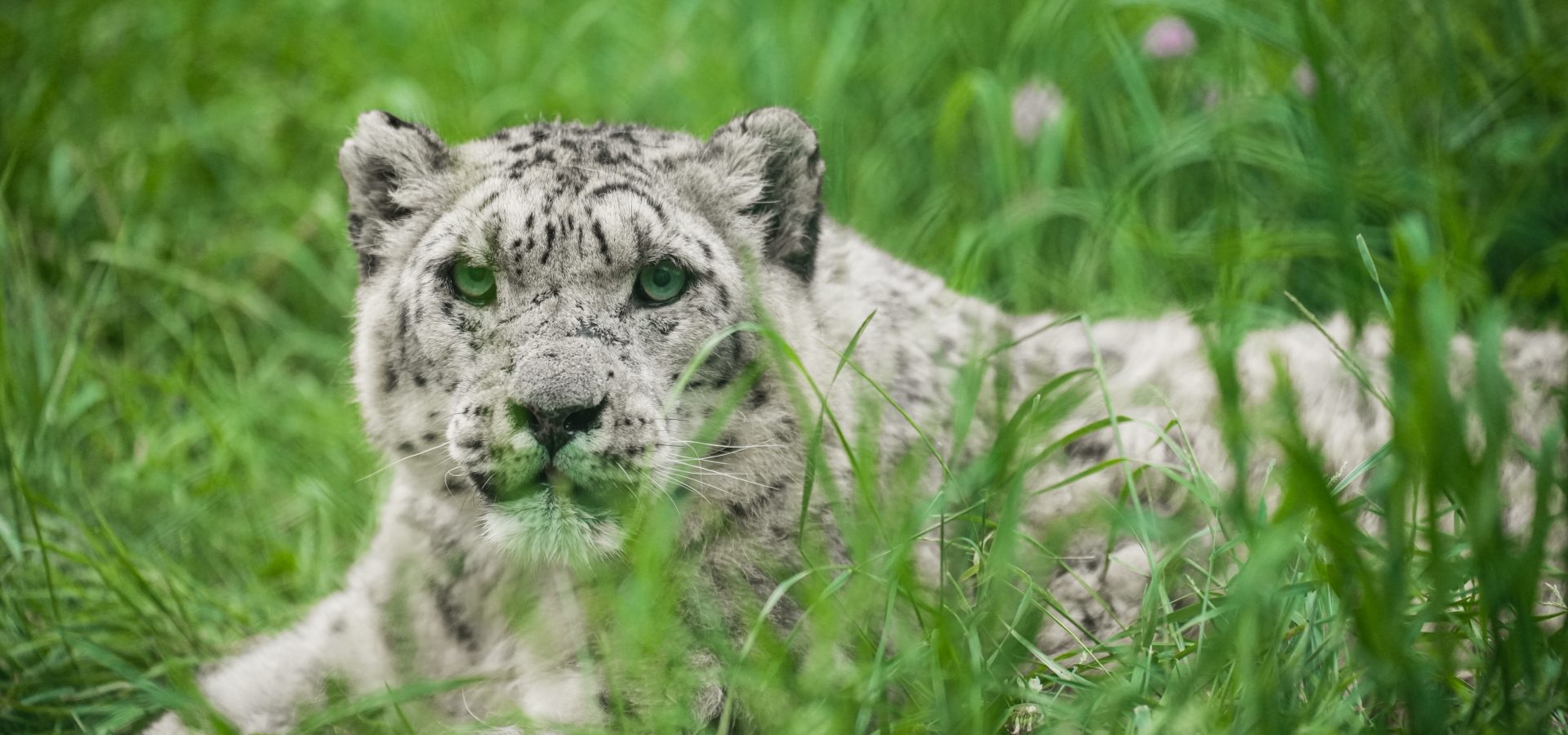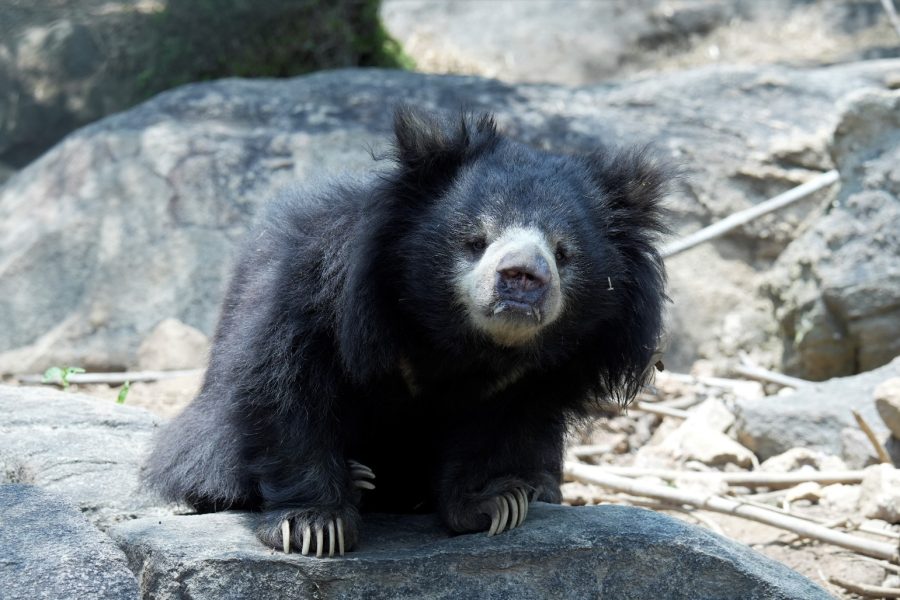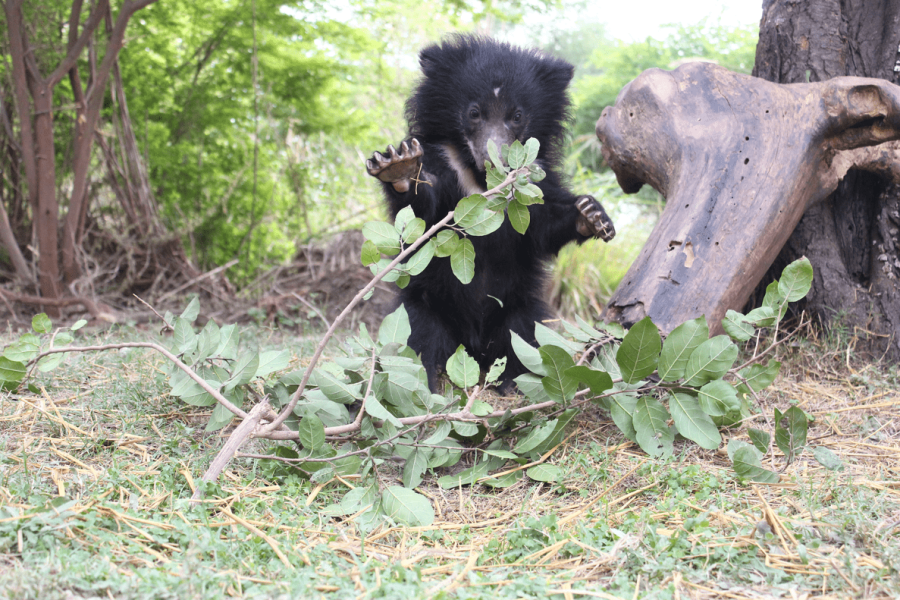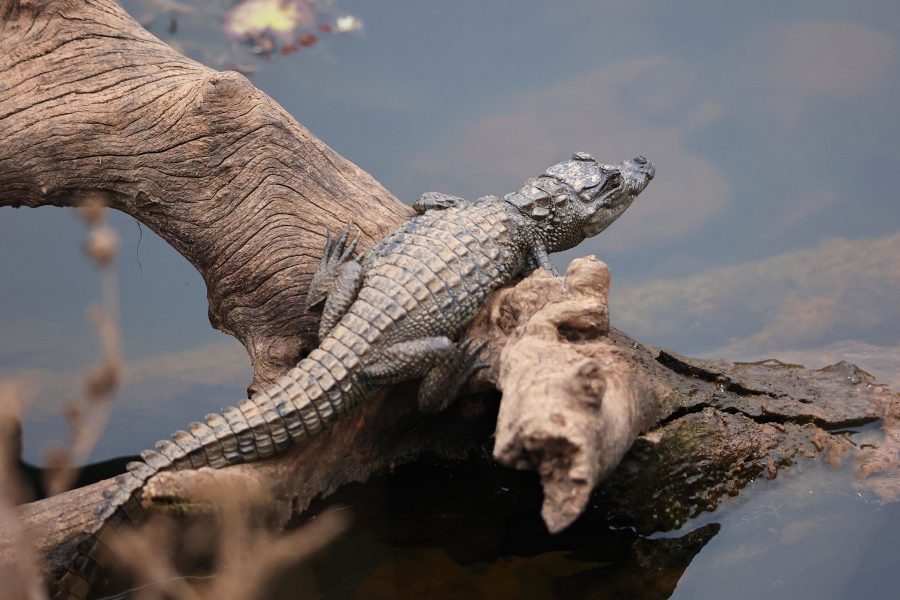The snow leopard – the Phantom of the Himalayas – is an elusive and enigmatic feline, on which much research is yet to be done. For centuries, researchers, scientists, and trekkers have attempted to track this elusive mammal in the wild, often failing to do so due to the rugged terrain of the mountains, and the secretive nature of this mysterious animal. In the past, this species was classified under the genus Uncia but recent genetic analysis (Johnson et al. 2006) has found this mammal to be more closely related to Panthera tigris (the tiger), and it is now classified as Panthera uncia.
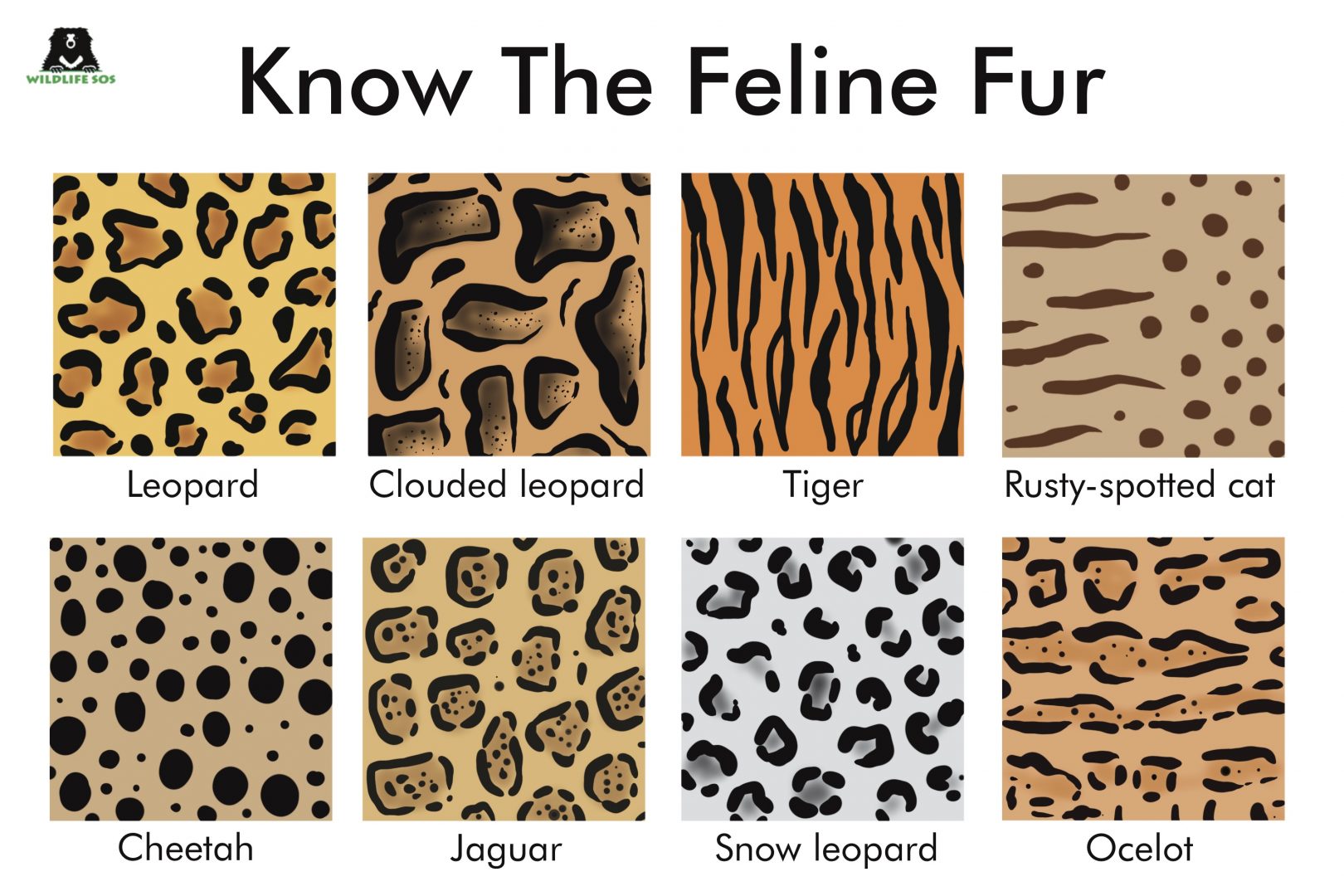
The snow leopard is found across Tibet, over the Himalayas and all the way over to Southern Siberia. It resides in over 12 countries across Asia. Despite these harsh, mountainous regions that offer very few resources, the snow leopard has developed certain adaptations that allow it to thrive in an environment that few other species can tolerate. The snow leopard has a thick layer of underfur that acts as a natural insulator against the cold. Its large, furry paws act as snowshoes, enabling it to manoeuvre snow with ease. Additionally, its long tail is a useful tool that stores fat, keeps it warm and acts as a counterbalance, helping it navigate rocky, ice slopes with ease.
While the snow leopard inhabits elevated ranges of 3,000 to 5,000 metres in the Himalaya and Tibetan Plateau, it has been found to occasionally descend as low as 500 metres. Its natural prey consists of animals like blue sheep, Siberian ibex, argali, and markhor. It also occasionally eats marmots, hares, rodents, and birds.
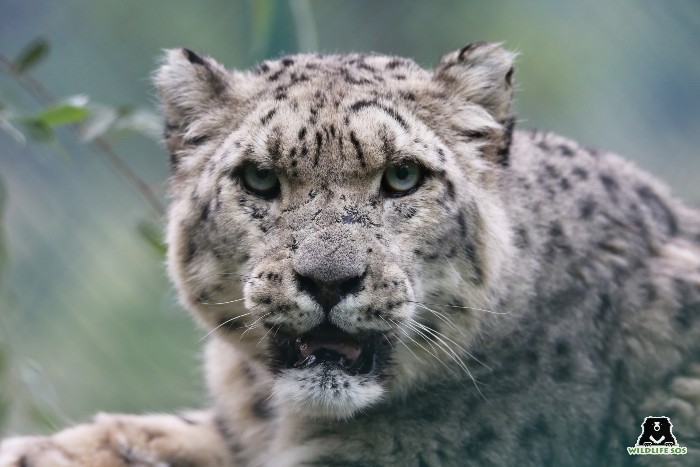
Though a major part of the snow leopard’s diet consists of wild animals, there are many that consume livestock to survive in areas with lesser resources. Scarcity of natural prey, alongside human population encroachment into snow leopard habitats bring the animal in conflict with local communities. Snow leopards, like other carnivores, are also found to undertake a phenomenon known as surplus killings. This occurs when a single predator enters a livestock enclosure, and kills most or all of the animals there. The carnivore ends up killing more animals than it can eat in one sitting. Researchers speculate that predators conduct surplus killings whenever they get an opportunity, so that they can provide food for offspring or consume their prey later when resources are low.
However, human populations do not take kindly to surplus killings, as it can cause immense financial loss for communities that depend on livestock for their daily meals, earnings, and survival. People, often women, who work at home and regularly interact with the livestock react more harshly to the presence of snow leopards. It takes an instant for snow leopards to pull apart the daily effort and time women devote to the care of the livestock. To protect their livelihoods, communities resort to retaliatory killings of snow leopards, leading to a decline in their numbers. Some of the other threats faced by this elusive mammal are illegal wildlife trade and poaching. Climate change, competition with livestock over resources, mining, and declining prey base also pose additional threats to this lesser-known feline.
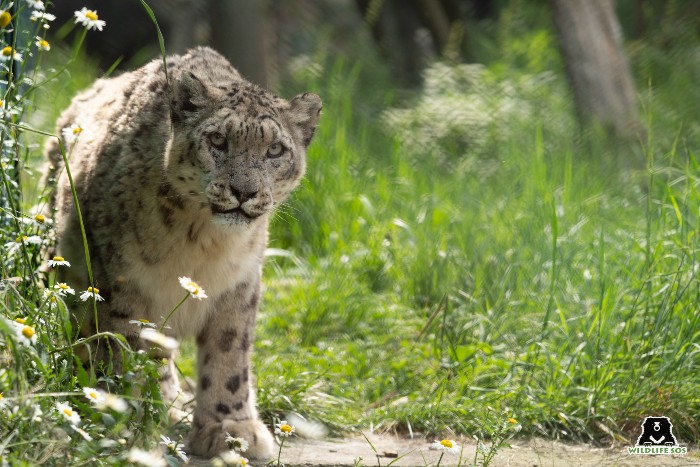
According to the IUCN Red List classification, this species is listed as ‘Vulnerable’. At the moment, the IUCN report suggests that the population of snow leopards is mostly stable, declining in some areas, but increasing in others. However, a worrisome suspicion is that most localised extinctions of this mammal are occuring in areas of the former USSR. It is estimated that there will be a global decline of 10% over the next three generations due to the threats mentioned above.
At the moment, there are organizations that work towards improving the condition of snow leopards, and are finding sustainable solutions to the threats they face.
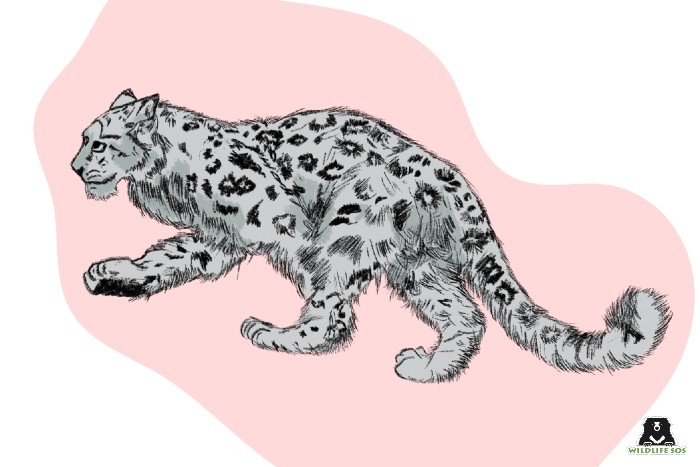
The snow leopard is an important part of the high-altitude ecosystem, and safeguarding this one species means protecting several other species in the area as well. The Phantom of the Himalayas faces innumerable challenges, from habitat loss and climate change to human-wildlife conflict. Through collaborative efforts, education, and a strong push for policy changes, we can work together to ensure better protection for this species. There are many ways that each and every one of us can contribute: by being mindful while travelling to snow leopard areas, not littering, using social media to raise awareness about the issue, and closely following wildlife rescue organisations to keep oneself informed.
If you would like to receive informative blogs on wildlife such as this one in your inbox, please subscribe to our newsletter.

